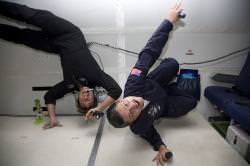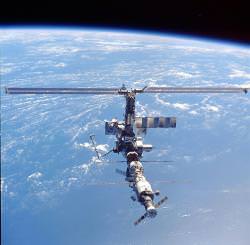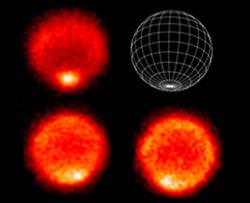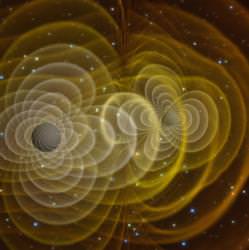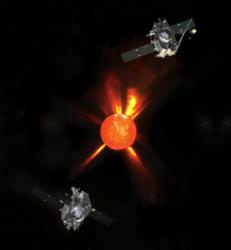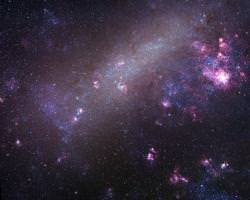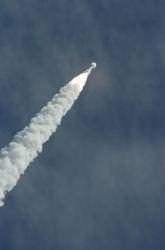Have you got the right stuff? If you’ve got multiple advanced degrees, a body carved from a block of steel, tremendous experience flying jet aircraft, and strong stomach, you might want to consider signing up as a NASA astronaut. NASA announced today that they’re now accepting applications for the 2009 Astronaut Candidate Class. These are the people who will be staffing the International Space Station, and heading back to the Moon.
Don’t think this happens all the time. The last time NASA opened up applications for astronaut candidates (or ascans) was back in 2004. They brought in 11 US candidates and 3 international people out of thousands of applications. This time around, they’re going to be looking to fill 15 positions or so.
The NASA press release links to the USAJOBS website. Here’s the information from that website, including the astronaut salary range: $59,493.00 – $130,257.00 USD per year. Nice money.
Astronaut Candidate
SALARY RANGE:$59,493.00 – 130,257.00 USD per year
OPEN PERIOD: Tuesday, September 18, 2007 to Tuesday, July 01, 2008
SERIES & GRADE: GS-0801-11/14
POSITION INFORMATION: Full-Time – Permanent appointment
PROMOTION POTENTIAL: 15
DUTY LOCATIONS: Few vacancies – Houston
WHO MAY BE CONSIDERED:
This announcement is open to all qualified U.S citizens.
JOB SUMMARY:
NASA, the world’s leader in space and aeronautics is always seeking outstanding scientists, engineers, and other talented professionals to carry forward the great discovery process that its mission demands. Creativity. Ambition. Teamwork. A sense of daring. And a probing mind. That’s what it takes to join NASA, one of the best places to work in the Federal Government.
The National Aeronautics and Space Administration (NASA) has a need for Astronaut Candidates to support the International Space Station (ISS) Program.
NASA uses the USAJobs resume as the basic application document. NASA limits resumes to the equivalent of about six typed pages, or approximately 22,000 characters (including spaces). You cannot complete the application process if your USAJobs resume is too long. More information about the NASA application process is also available under the “How to Apply” section of this announcement.
KEY REQUIREMENTS:
* Position subject to pre-employment background investigation
* U.S. citizenship is required
* This is a drug-testing designated position
* Frequent travel may be required
* Selectee must pass a pre-employment medical examination
So, unlike previous years, this one’s only open to US citizens. I guess that rules me out.
Click here to access the job posting.
Hilariously, the press release lists the possible destinations you might travel to: “Texas, Florida, California, Russia, Kazakhstan, the International Space Station and the moon.” Good to know.
The deadline to apply is July 1, 2008, so head out there and update your resume. Include the fact that you read Universe Today, that’s got to be a big positive.
Original Source: NASA News Release

